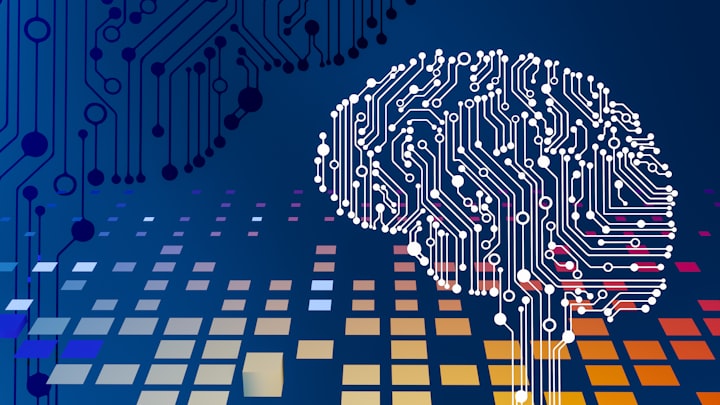
Artificial Intelligence
A computer or machine that exhibits intelligence or human abilities. An intelligent system can draw conclusions, solve problems, plan and be self-learning. However, most of what is colloquially called AI does not meet all the criteria. Today, AI is about single, rather narrow abilities, such as image recognition and diagnosis.
Machine learning
Simply put, training a computer program, often in the form of a neuron network/neural network, to accomplish a certain task. It could be recognizing a cat or being able to distinguish vehicles from pedestrians. To train, the system is fed with amounts of data (for example, pictures of cats from different angles and with different appearances) and the parameters are optimized.
Artificial neural network/neural network
A computer program inspired by the biological brain with its many nerve cells, neurons. Used very often in machine learning. The program is made up of nodes interconnected in layers. Some of these nodes receive input data, which is further processed throughout the network. The process is controlled by algorithms that adjust how data is passed between the nodes so that the network learns the current problem and its solution.
Algorithm
An algorithm specifies a series of well-defined instructions for how a calculation should be performed, often in a computer program. Used for everything from ranking the position of websites in Google searches to reallocating pension money. The trick is to make efficient algorithms that consume little computing power. An algorithm is sometimes likened to a food recipe, as it is a step-by-step instruction for solving a particular problem.
Deep learning
A type of machine learning that uses artificial neural networks with very many layers. To solve complex problems, several hundred layers can be used.
Big data
Digitally stored information so extensive (usually terabytes and petabytes) that it is difficult to draw conclusions from using traditional methods.
AI history
AI as its own research area emerged in the early 1960s. Then it was about theory building. During the 80s came the first attempts to build AI systems. That type of AI is now called symbolic AI and is different from today's. The idea was to use representations, such as how different objects relate to each other, and then draw logical conclusions from this. Enthusiasm was great, but when there were no successes, research stopped, which is why the subsequent 90s have come to be called "AI winter". At the same time, beneath the surface, neural networks and computer vision were being developed, paving the way for today's AI.
Why the breakthrough right now?
The reasons are that image recognition and natural language understanding (eg Google translate) work. Which in turn is due to the fact that there is massive computing power/hardware to process huge amounts of data with. Contributing factors are that a number of mega-companies are investing heavily in technology. The demand for, for example, self-driving vehicles is driving on.
Possibilities already exist today and the future surely has more to offer
An opinion of several evaluating experts was the same that the answers were better than expected, even though they were far from complete. An idea raised by an evaluator is that the chat can be useful for those who are about to embark on a new area and want a hypothetical picture of how the area can be drawn. It can be seen as a parallel tool to Google and Wikipedia, but with the disadvantage that it is significantly more difficult to assess the quality of the data. And with the advantage that it provides a proposal for how the area can be structured and described.
The chat function also seems useful for searching for information about phenomena about which you have limited or fragmentary information, for example based on newspaper information or a statement from someone at a conference or in another context.





Comments (1)
Nicely written.